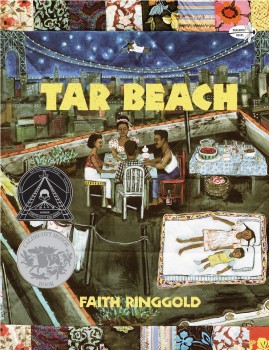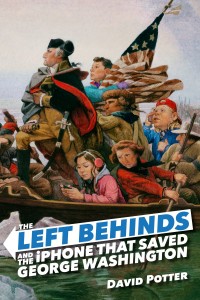For Theodore Finch, every day is a toss-up as to whether he’ll make it through or not. His fascination with death has him constantly planning his own suicide, only to back out at the last second. For Violet Markey, every day is a struggle. Since the death of her sister, the things that were once important to her seem totally arbitrary, and she just can’t see the point of it anymore.
When Violet and Theodore meet on top of the bell tower at their school, the students are convinced that Violet’s the one talking Theo off the edge. What they don’t know is that it’s the exact opposite. As Theodore and Violet get to know each other and begin to fall in love, they identify a mutual longing in each other that makes their bond closer than anything either of them has experienced. But there are some things even the greatest love can’t conquer.
This book is perfect for readers who appreciate contemporary fiction with a serious edge, and will fit well alongside books like Looking for Alaska, Love Letters to the Dead, and The Perks of Being a Wallflower. It follows the Eleanor and Park format with chapters told from alternating viewpoints, but it tells a story that is completely unique and entirely moving. Debut author Jennifer Niven’s honest perspective on love, life, death, and depression feels refreshing. Her storytelling isn’t sugarcoated, her characters are lovable but flawed, and the story is something you can get hopelessly swept-up in.










